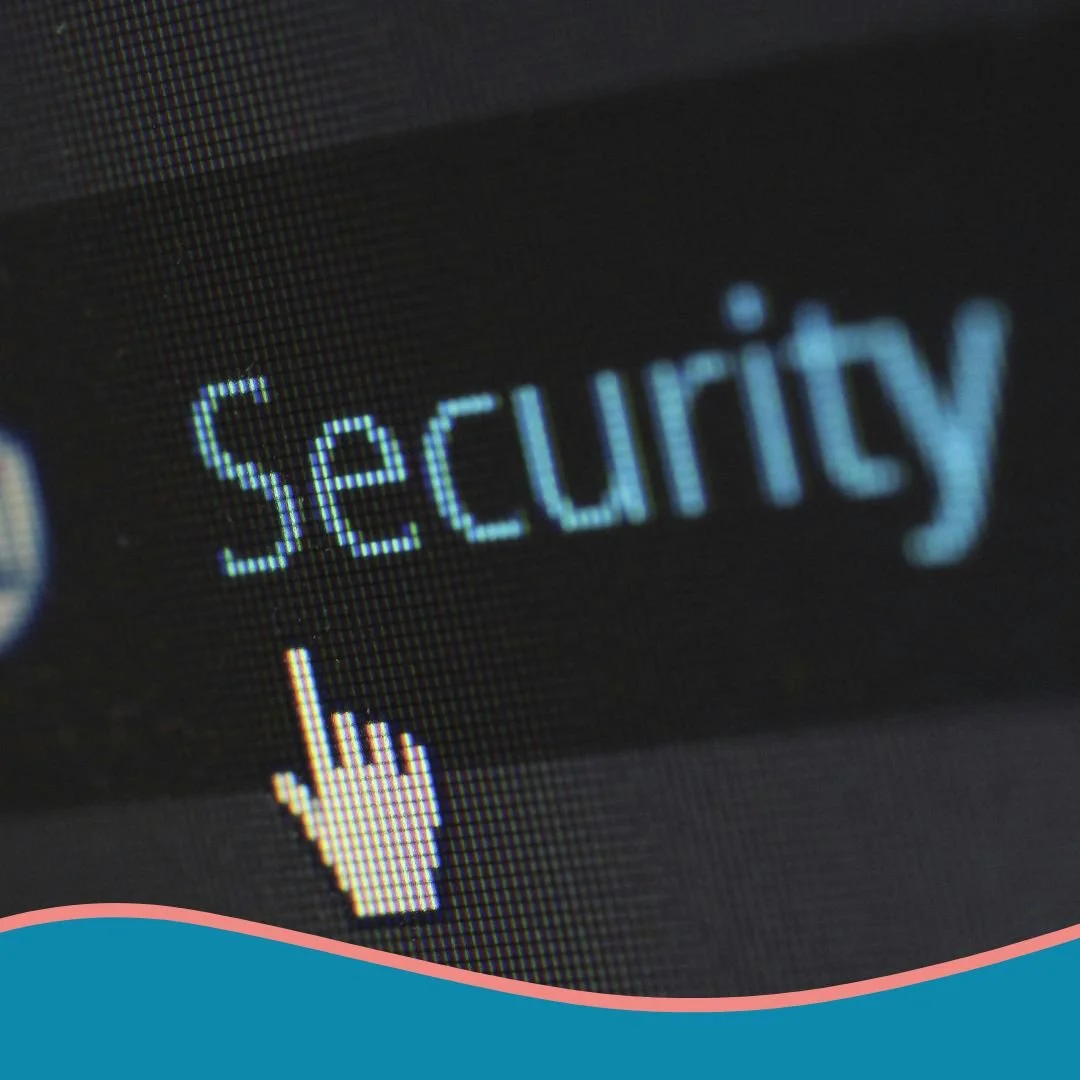How safe is your Cyber Security?
Keeping digital information safe is crucial, and at a grass roots level we should be using the same practices at home as we do at work.
Here are the Top Five things we recommend doing as individuals:
Passwords; make them strong (use complex but personally memorable passphrases), and do not use the same password for multiple sites.
Multifactor Authentication; if you have the option then enable MFA/2FA so that two verification methods are used to access sensitive information, systems or sites.
Lock your screen manually on computers and phones when leaving them unattended and consider automating screen lock so the device locks automatically after five minutes.
Regularly check and install software updates and patches.
Make sure you use secure Wifi at home or when out and about. Change your default router password, use anti-virus/malware tools and if possible use a VPN.
When it comes to work environments there is a lot more to consider. We need to be keeping our staff, our customers, and other business information safe.
Information Security has been consistently rated as one of the biggest business risks, and implementing ISO 27001 provides a framework to protect your information assets and demonstrate to staff and customers your commitment to cyber security.
What steps can your business take to implement a safer cyber security mindset?
Conduct an Information Security Risk Assessment: Identify and evaluate potential risks to help prioritize and implement appropriate controls.
Implement role-based access controls: Ensure that only authorized personnel have access to sensitive information and periodically review access to ensure it is still appropriate.
Establish simple yet effective device monitoring to ensure system and software updates and patches are applied: These updates are a direct response to a security flaw or emerging threat. Applying tools to monitor and even apply them remotely protects against vulnerabilities.
Provide Employee Training and Awareness: Educate your employees about information security best practices, potential threats, and how to respond to security incidents. Regular training can significantly reduce the risk of human error.
Monitor and review security measures: Continuously monitor your information security measures and conduct regular reviews to ensure they remain effective. This includes auditing, logging, and analysing security incidents.
Create clear policies and procedures for information security, and ensure they are communicated and upheld throughout your organization.
Develop and maintain an incident response plan to address any security breaches or incidents quickly and effectively.
Continual Improvement: Regularly review and update your information security management system (ISMS) including through internal audits, to adapt to new threats and changes in the organisation.
By following these strategies, you can strengthen your organization's information security and work towards achieving ISO 27001 certification. And we can help you with this.
We have over 100 years’ experience working with ISO standards... between us, we have created, audited, and improved 1000’s of management systems for a variety of different businesses. So you’ll know you are in safe hands.
The whole team are passionate about implementing best practice and providing real value. We help our clients to go further and create meaningful change, increasing sustainable growth, boosting performance, and reducing risk.

